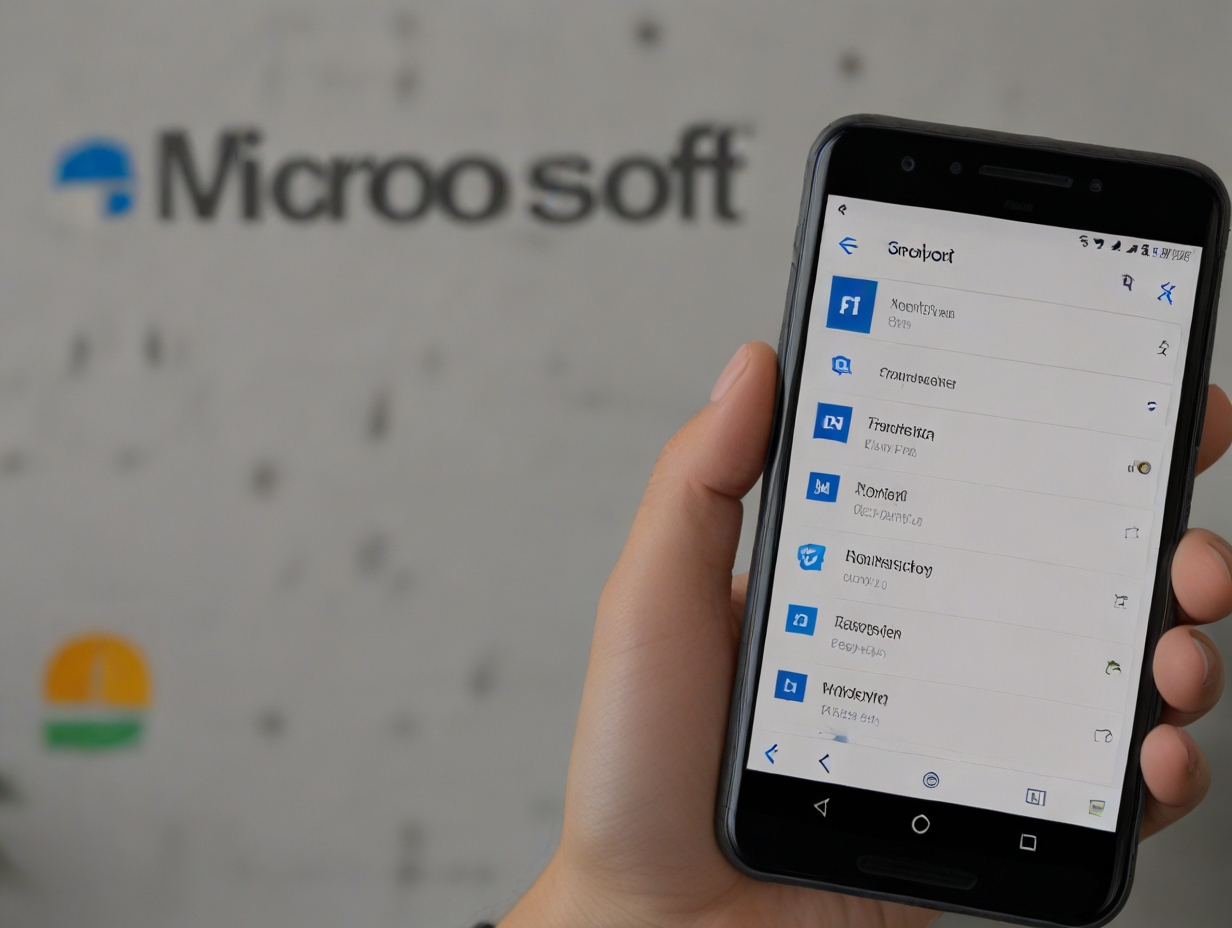Microsoft is poised to lead the way in the Edge browser in terms of the user experience as the Edge Copilot’s next upgrade is expected to unleash its full potential. Such AI-driven functionality is meant to ease browser settings configuration, rewarding webpage visitors with immediate and straightforward access to the customization options.
This integration is an illustration that showcases Microsoft’s intention to harness the power of AI towards ensuring that the users fully maximize the interactive and efficient nature of their software.
Edge Copilot enhances settings management with AI capabilities
The last update under test now in Edge Canary version includes a substantial upgrading mechanism through which users will be able to interface with the browser settings in a new way. A Copilot header on the settings page that was recently designed presents the user options he/she often shuffles like safety, passwords, and browser history. in social media x Leopeva64-2 illustrated how copilots will work
Also, a trophy, “Ask Copilot”, can be triple-clicked to let Copilot chatbot boom immediately. This feature will pave way for users to effortlessly make browser configurations changes by either issuing commands to the AI assistant in voice or text just as they do it with their Smartphones. Users are able to tell Copilot to turn on dark mode, change the navigation tabs from horizontal to vertical, or make their Favorite Bar visible/viewable, still – without navigating through more than one menu.
Besides the user possibilities offered by these AI components, they target also to enhance user accessibility and the time taken to do the customization process, making browsing easier and more fun. This change is intended to implement the strategy of integration of artificial intelligence more deeply into the products of Microsoft, and eventually to make the technology more convenient and simple to be understood.
Revolutionizing browser settings with AI
The AI advisor Edge-Copilot is a great example of how well AI can be used but you should be mindful of the shortcomings right now. For the time being, the Copilot cannot get to some system settings of Windows OS, which may at the same time limit its functionality.
On the flip side, MS has already stated that the integration of AI into the OS is a process of undertaking it in phases. Therefore, soon more complex settings and features will be handled directly by the AI.
The argument about AI’s capability to fully use the deployment of extra-traditional navigation and adjustments is right, but as in the different cases of AI, this promises an upcoming moment where AI Copilot tools will be capable of highly specific functionalities where little to no human input will be necessary to software controls.
Microsoft’s way of adapting its AI into daily computing tasks shows that it is not only about keeping up with the existing technology. It is a way to drive such implementation.
Currently, Copilot is only available in the Edge Canary channel, which is a stage of testing, so there is no concrete date for this feature released. Microsoft’s phased-release strategy may reveal that it will be 8 months or more until the feature available to Edge users.
With a general understanding that feedback from early users is most likely going to influence further refinement ensuring that the AI is reliable and relevant, the integration of AI will require real time feedback for the basic needs.
This inclusion directly shows that Microsoft, going forward, is very eager to set AI in the center stage of its offerings, and to create new benchmarks for and capabilities of the standard browser, and the standard set of tasks it can do.
The AI assistants that AI technology is currently developing may turn out to be the main players in such complicated spaces. Their existence will also cut down the amount of manual effort from users and will instead make their interaction with software more intuitive and time-gaining.





